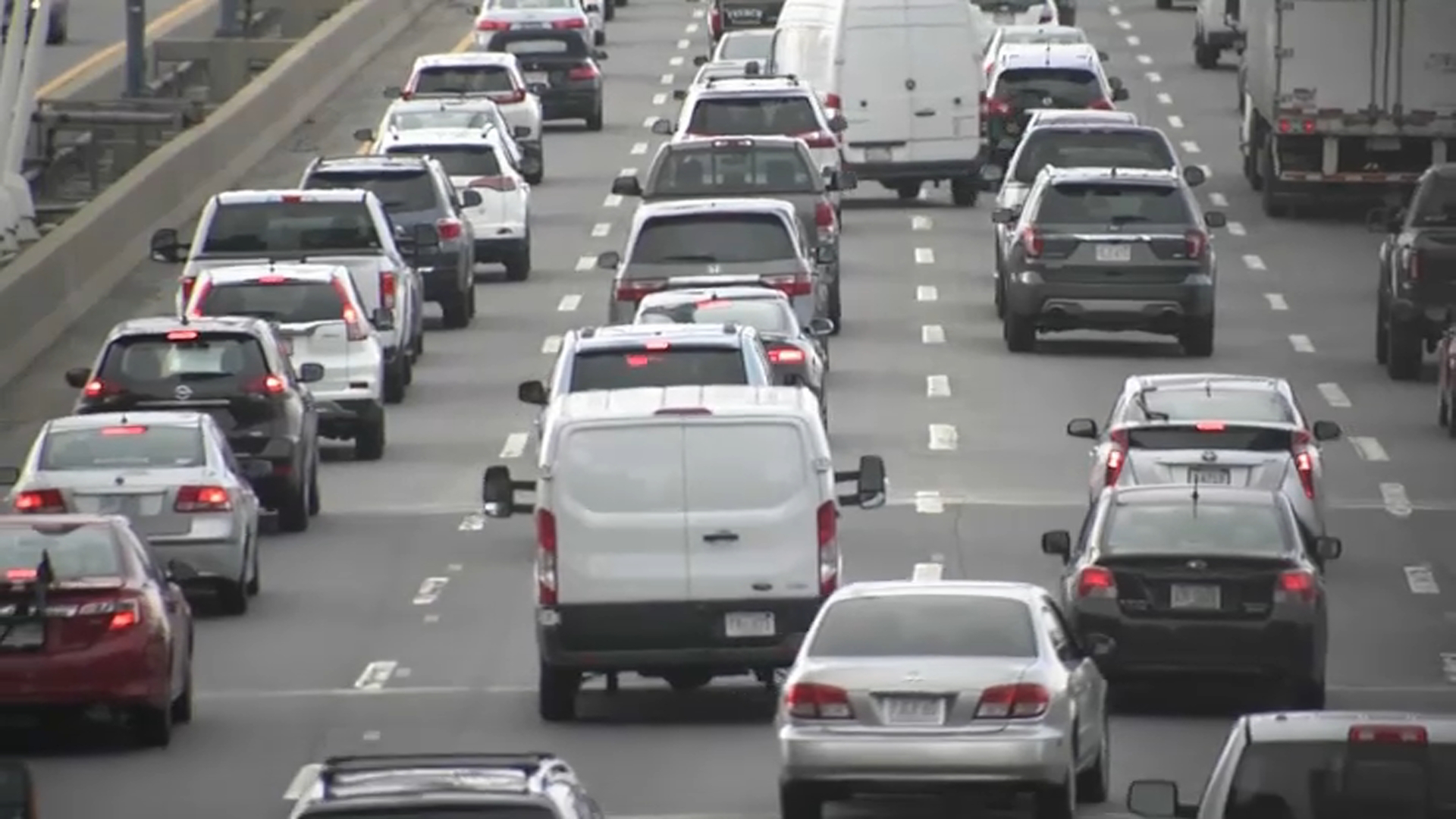While state and local leaders prepare for whatever Hurricane Sandy might bring, they say it’s more important that individuals get ready and take the threat of the storm seriously.
The American Red Cross suggests people focus on these three things: getting an emergency kit, making a plan for their family and staying informed.
Ask anyone who was around during Tropical Storm Irene last year, and they’ll tell you it was no joke.
“It was pretty wild. I had never seen anything like that,” said Roger Spear.
Hundreds of thousands of people were in the dark for days.
“[We] were without power for like a week or so. It was rough,” said Paula LaChance.
So, what were the lessons learned? Paul Shipman, with the American Red Cross, said folks should prepare for Hurricane Sandy by considering what they lacked during Irene.
Local
“[They should think], what did they miss when they needed to leave their homes? What did they wish that they had when they were stuck at home for a few days?” said Shipman.
Shipman said it’s a good idea to stock up on food and other canned goods that don’t need to be cooked, and tune in.
“Make sure you’ve got a portable radio; you want to be able to keep up with local news,” said Shipman.
Shipman said for now, the American Red Cross is preparing for the worst-case scenario.
“We’ve done inventories of our supplies, we’ve checked our shelter locations, we’re reaching out to communities across the state to make sure our plans dovetail with theirs,” said Shipman.
Basic Emergency Supply Kit
- One gallon of water per person per day for at least three days, for drinking and sanitation
- At least a three-day supply of non-perishable food
- Battery-powered or hand crank radio and a NOAA Weather Radio with tone alert and extra batteries for both
- Flashlight and extra batteries
- First aid kit
- A whistle to signal for help
- Moist towelettes, garbage bags and plastic ties for personal sanitation
- Wrench or pliers to turn off utilities
- Can opener
- Local maps
- Cell phone with chargers, inverter or solar charger.
Family Emergency Plan
- Bring in outdoor furniture, decorations, garbage cans and anything not tied down.
- Identify an out-of town contact. It may be easier to make a long-distance phone call than to call across town, so an out-of-town contact may be in a better position to communicate among separated family members.
- Be sure every member of your family knows the phone number and has a cell phone, coins, or a prepaid phone card to call the emergency contact. If you have a cell phone, program that person(s) as "ICE" (In Case of Emergency) in your phone. If you are in an accident, emergency personnel will often check your ICE listings in order to get a hold of someone you know. Make sure to tell your family and friends that you’ve listed them as emergency contacts.
- Teach family members how to use text messaging. Text messages can often get around network disruptions when a phone call might not be able to get through.
- Subscribe to alert services. Many communities/states now have systems that will send instant text alerts or e-mails to let you know about severe weather, road closings, local emergencies, etc. In Connecticut, go to www.ct.gov/ctalert to register for alerts.
What to do
- Clear gutters and storm drains
- Keep leaves out of the street
- Move to the basement of your home or a room near the middle of the home.
- Take your emergency supply kit with you.
- Keep checking local TV and radio stations and the Internet for official
- instructions, including shelter locations, weather reports, etc.
- If you live in a flood zone, make plans in case you need to leave your home.
- FEMA recommends reinforcing your garage doors. If wind enters a garage it can cause dangerous and expensive structural damage.
For tips on how to stay safe during storms, visit: http://www.redcross.org/ct or view the prep guide.



